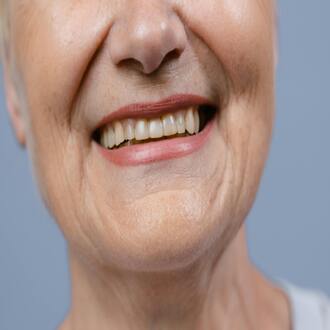Transcription Sleep cycles
During the development of this guide we will be addressing a topic of particular importance when it comes to understanding how sleep works and the complexity of brain processes involved. On many occasions we talk about the importance of sleep and the benefits that this activity brings to our health, but we do not understand the bases that support it, erroneously assuming that sleep is a unitary state, when in truth it is divided into multiple cycles and stages, behaving with its own particularities in each one.
Sleep, as we know it, is divided into two phases: rapid eye movement (REM) sleep and non-rapid eye movement (REM) sleep. Studies carried out using sensors have recorded a restart of sleep approximately between periods of 1 hour and 20 minutes to 1 hour and 40 minutes, where some stages or sub-stages with their own characteristics can be appreciated.
Below, we will be analyzing some of the basic elements that revolve around this topic, so that you can learn more about the essential characteristics of sleep and how each of its phases develops.
The dream with the presence of rapid eye movement (REM)
It is called sleep with the presence of rapid eye movement (REM) to that stage of sleep where there is a high presence of blinking. It usually takes place late in the night. Another notable characteristic of this sleep is the high brain activity that is registered, to the point that it can be compared to waking moments.
The activity of dreaming, in which we recreate more or less profound stories, occurs precisely at this stage. Regarding the muscles, they relax at deeper levels and the body temperature may present a certain degree of dysregulation, being more complex to maintain its stability.
Sleep in the absence of rapid eye movement (REM)
When we speak of sleep in the absence of rapid eye movement (REM), we are referring to the stage of sleep where blinking is not common. In turn, this sleep has a series of three sub-stages with their own characteristics and particularities. The first stage is known as the intermediate stage between wakefulness and sleep. In this stage the person is not considered to be asleep, it is a kind of transit towards the moment when we fall asleep.
The second stage would be the one in which the person has already fallen asleep, but not in a deep way. That is, although the subject is already sleeping, this sleep is still superficial and requires more time to enter its deepest stage, where it will proceed to enjoy most of the benefits of sleep.
The third stage is already the deep sleep, characterized by a slow-wave brain activity. Deep sleep is the one with the most restorative properties of the three stages we have mentioned.
Changes in sleep cycles
It is valid to emphasize one more point regarding this subject, the changes that originate in the sleep cycles as our age advances. Sleep with the presence of rapid eye movement (REM) is more characteristic in young people. As we progress through adolescence and into adulthood, slow-wave sleep is more complex to appreciate and may disappear completely at older ages.
There is still much field of study in reference to this complex activity, the little we can know is through sensors that measure our brain activity, since sleep is a very interesting process on which we must continue to study.
cycles sleep




